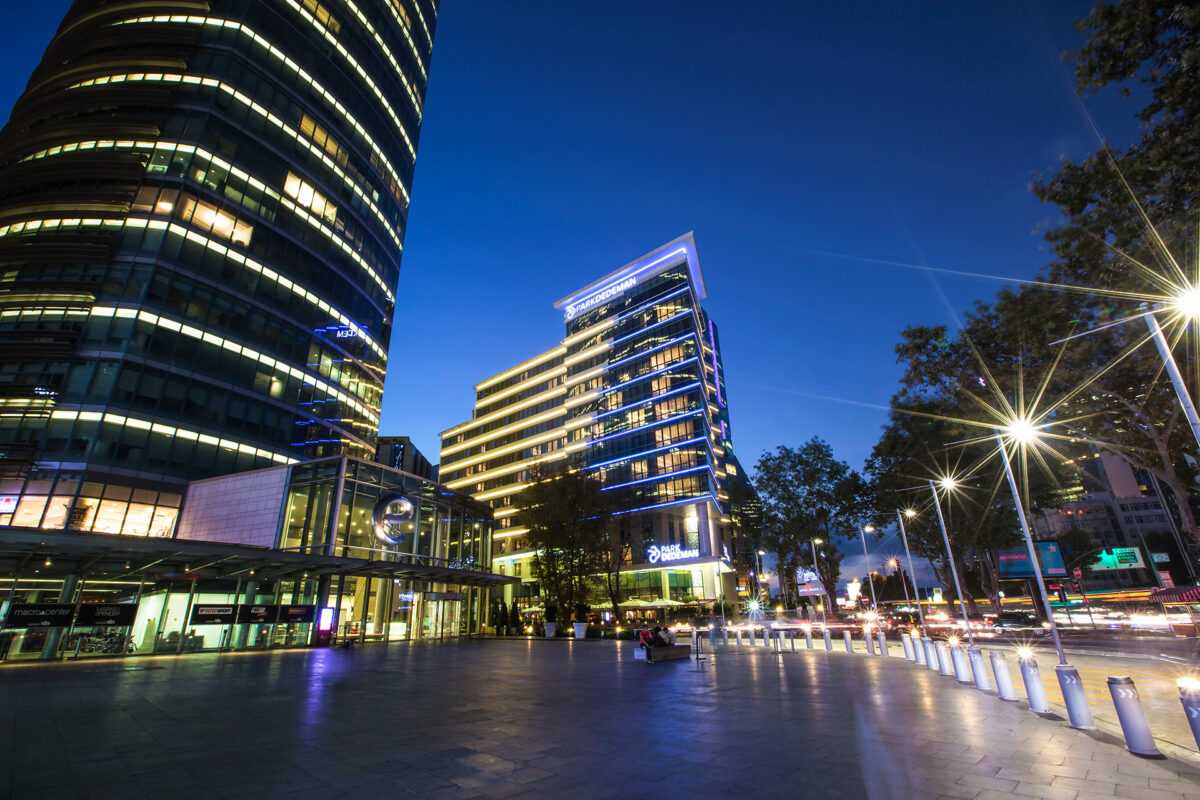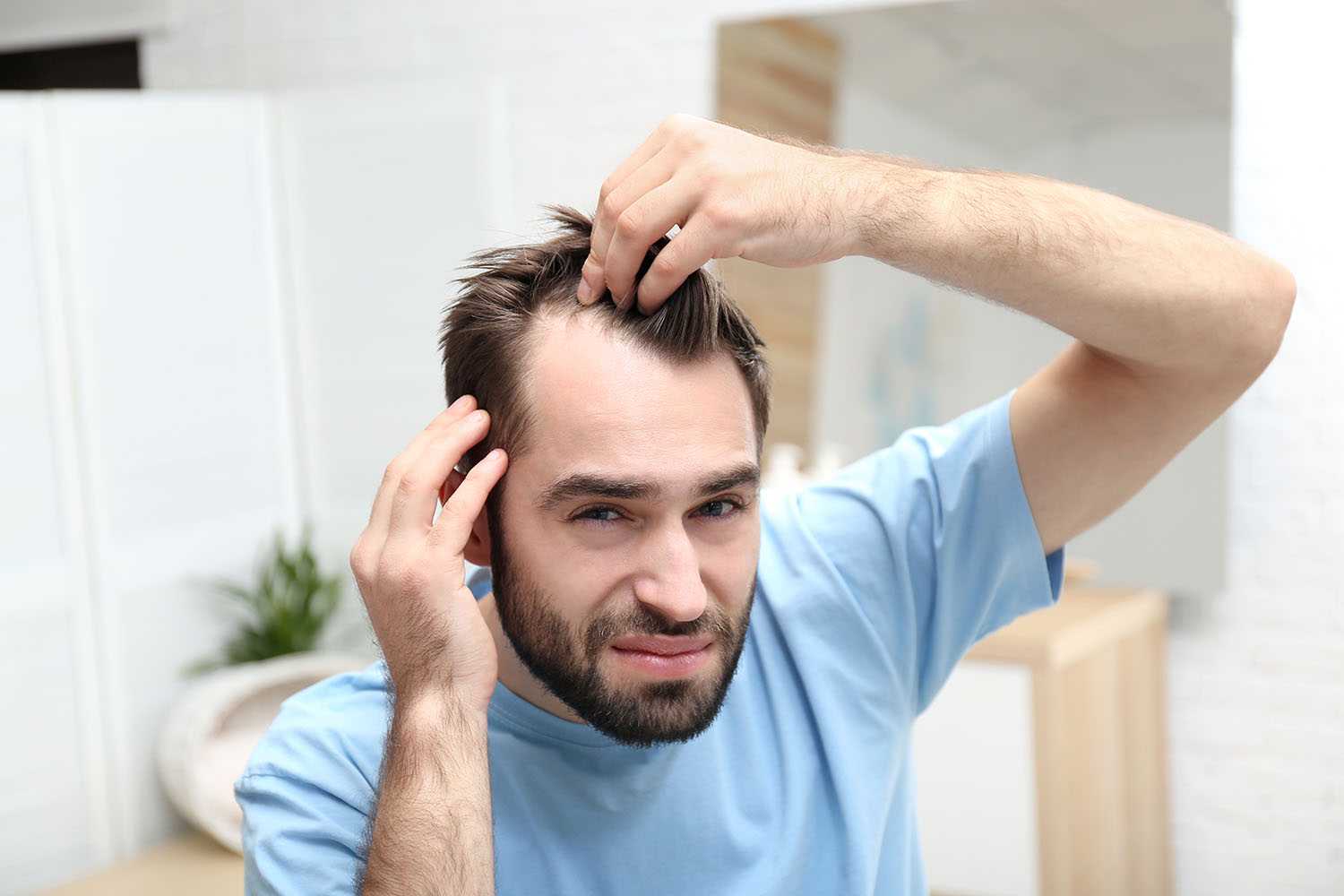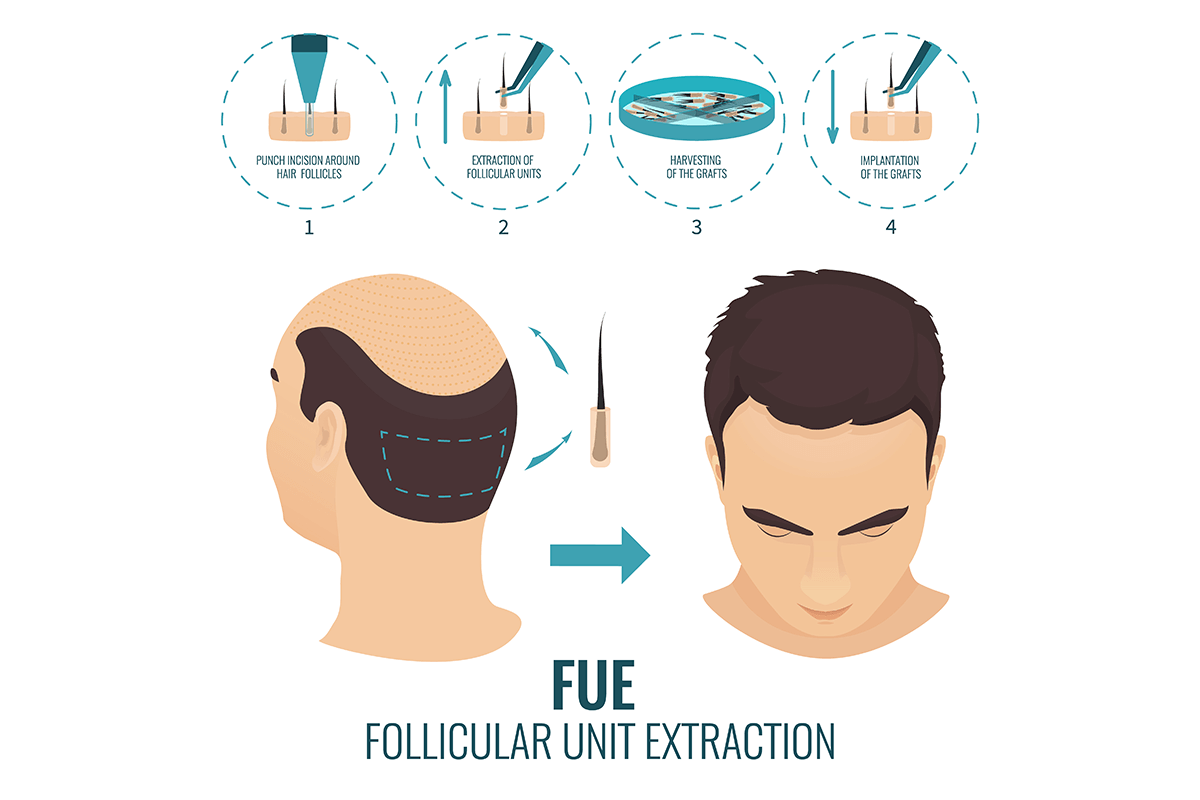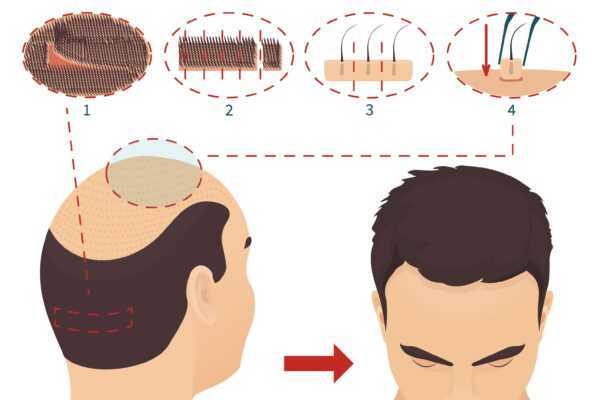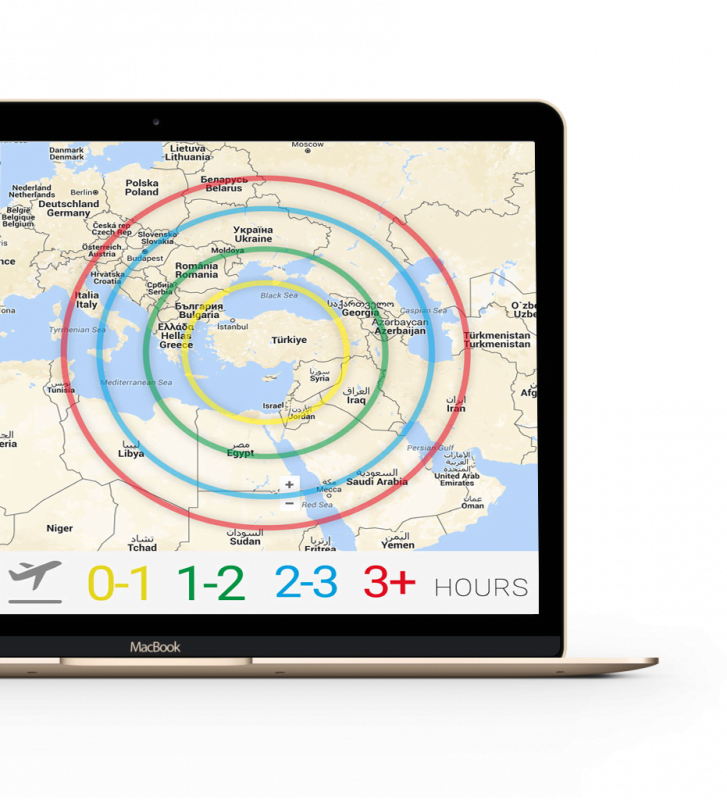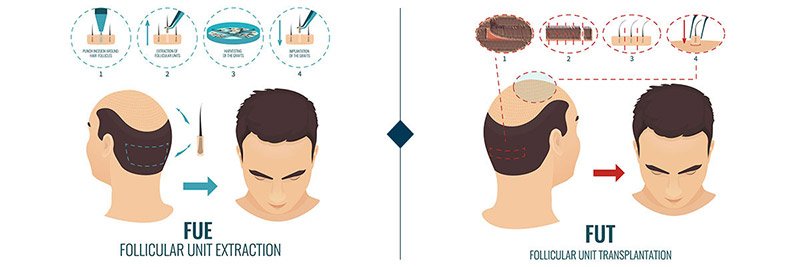
Follicular Unit Hair Transplantation (FUT)
Advancements in the hair transplant Turkey technologies have transformed hair restoration from an aesthetically unpredictable procedure to a controlled intervention that can provide consistent results. Follicular unit transplantation (FUT) is one of these modern methods of hair transplantation that can reconstruct hairlines that have been lost due to all sorts of reasons, such as diseases, stress, genetics or medical treatments.
Follicular unit transplantation makes use of follicular units which are tiny bundles consisting of several strands. By proceeding with these naturally occurring units, instead of larger or smaller grafts, FUT enables a natural look to a considerable extent with minimal wound size and faster post-op recovery. The possibility of implanting up to four hairs in a small recipient area is also a valuable factor in reaching desired natural appearance. These successful results can only be acquired at the hands of a well-trained team with accurate graft placement, angles and distribution, especially for those operations involving a large number of follicles.
Who is a candidate for Follicular Unit Transplantation?
Proper patient selection is one of the most crucial factors of successful hair transplantation surgery. Patients who have thinning hair, bald spots or receding hairline are generally considered as ideal candidates for unit transplantation, and in addition, they must have sufficient hair density at the donor site as well as an adequate amount of hair growth.
Since transplanting at an early age has no apparent medical advantages, it is important to take into consideration the age of the patient. Male pattern baldness, for instance, triggers hair loss, persisting for years, usually into the late thirties. That’s why it is not advised for young men to have a FUT operation since they will continually lose hair as they age. Therefore, the age range regarded as the ideal is the thirties.
Even though a perfect restoration in severe baldness is limited to an extent, large-scale baldness is not considered an overwhelming obstacle for hair restoration. There are two essential factors needed to be considered: donor supply and patient’s expectation. If the patient’s donor supply has sufficient density and stability, and the expectation regarding the results are reasonable in accordance with the available hair, then the surgeons may proceed with the transplantation.
There are various medical conditions and medications which interfere with the FUT procedure, such as bleeding disorders, drugs that increase bleeding, immunodeficiency, unstable arrhythmias, chronic obstructive pulmonary disease, sensitivity to local anaesthetics or adrenalin, a history of keloid formation or connective tissue disease, and major psychiatric disorders. In case of struggling with these conditions or using mentioned medications, proceeding with FUT operation is out of the question.
FUT or FUE: the difference between two techniques
The difference between Follicular Unit Extraction (FUE) and Follicular Unit Transplant (FUT) is basically the method of harvesting the grafts. Extracting follicular unit grafts from the scalp for a hair transplant is the fundamental purpose of both techniques; thus, it is not plausible to approach them as completely different procedures.
Follicular unit transplant is executed by harvesting the unit grafts in a form of a thin strip from the donor site. Isolation of the grafts can be made without hair deformity, exhibiting higher quality as well as higher density. Whereas in FUE, hair grafts are extracted individually, and the resulting time gap can lead to a slight impairment of the follicles.
If you need to return to your work as soon as possible, FUE may not be the one for you since it requires the donor site to be shaved. Meanwhile, as a more invasive method of hair transplant, FUT may not be convenient for patients who wish to engage in physically demanding activities shortly after the operation.
While FUE requires multiple session of transplantation, a single session is more than enough for the FUT procedure; for this reason, if you have a problem concerning time, then it is recommended for you to undergo a FUT operation. It is also important to know that FUE is more plausible over FUT for patients with a higher risk of scarring since tissue scarring is bound to happen with the FUT procedure. Therefore, young people, athletic and muscular people, and those whose scalps are either very loose or very tight should consider opting for FUE.
How is the Follicular Unit Transplant applied?
The first step of the operation, the planning phase, is one of the most crucial stages in terms of the FUT procedure; because the hairline is the most distinct indicator of an operation. An elaborated planning process, in accordance with a patient’s physical structure, as well as the surgeon’s proficiency determine the success of the transplantation and the quality of the results obtained. From a surgeon’s point of view, the main goal of the first session should be creating the frontal hairline and framing the face and covering all affected areas of the scalp to create sufficient density so that the results will look natural after one session.
First of all, your hair on the donor site will be trimmed into 2 to 3 mm. The hair apart from the strip should not be shortened since it will be used for hiding the incision. Next, the donor site will be injected with local anaesthetics for a pain-free experience. In order to avoid transaction, it is crucial to be parallel with existing hair. Once the upper and lower incisions are made, the strip is disconnected from the scalp tissue and immediately immersed in chilled saline. The remaining space can be closed either with staples or sutures.
Dissecting hair follicles from the surrounding tissue under a microscope, your transplant team will start to treat the tissue strip, forming individual grafts by means of a microscope. This meticulous method of preparing grafts allows more than 98 per cent of the hair follicles to survive the extracting process and dramatically raises the success rate of the operation.
The next step is the preparation of the recipient area and finally the transplantation of the hair grafts. Small incisions are made in a way that is in harmony with the direction of the natural hair growth. Using fine-angled forceps, grafts that have been dissected from the strip are then delicately inserted in these small incisions, paying close attention to the angle, location and depth of each unit to guarantee natural-looking results and to enhance the density and coverage of the thinning areas.
Depending on the number of grafts for the desired results, the procedure may take between four and six hours on average.
Advantages of Follicular Unit Transplantation
Higher graft quality
One of the most striking benefits of FUT is that compared to other transplant techniques, it provides a much more superior yield of hair. Utilizing a stereoscopic microscope, FUT significantly decreases the possibility of transection, thus improving the yield of hair. Consequently, FUT becomes the most ideal hair restoration technique for patients with large bald areas, requiring voluminous results.
Higher numbers of follicle units
Providing transplantation of a large number of hair follicles in one session, patients who need a large amount of hair restoration and struggling with extensive baldness are advised to undergo FUT operation as it is possible to transplant up to 4000 follicle units in one session.
The increased follicle survival rate
Patients whose donor areas have limited existing hair are recommended going for an FUT procedure since it provides one of the highest rates of hair follicle survival.
No increase in the risk of scarring
Follicular unit transplantation is performed with an inevitable linear scar. However, if there is a need for subsequent sessions, there will be no additional scarring as the new incision will be incorporated into the old scar. Thereby, extracting more hair from the donor area will not lead to further thinning of the hair.
Low cost
Since follicular unit transplantation costs are estimated as a lump sum amount, it usually cheaper compared to other transplantation techniques, also considering the shorter surgical time.
No need to shave
One of the reasons many female patients opt for FUT procedure is that you do not need to shave your hair before the surgery. The hair on your donor site will be trimmed during the operation, and it will be covered with your existing hair.
Less surgical time
The need for labouring extraction approaches in FUT is less than the other techniques, shortening the time needed for the surgery. Another factor reducing the surgical time is that your surgeon is not required to personally deal with both removal of the strip and the preparing of the grafts. Once your surgeon completes the dissection of the strip, he/she is able to immediately begin the implantation process as the assistants provide ready-to-use hair follicle grafts; thus, the amount of time in the operation room is significantly reduced.
Disadvantages of Follicular Unit Transplantation
In comparison with the other hair restoration techniques, the risk of linear scarring and a relatively long recovery period is considered the main disadvantage of the FUT procedure. Moreover, further FUT sessions can lead to stretching of the scalp, and as a result of this, aggravating the scarry look. Also, FUT is regarded as an invasive procedure to a degree, resulting in a longer recovery period.
Recovery Period
Following the operation, you will be instructed on post-op actions to be taken in order to have a comfortable and successful recovery period. It is critically important to comply with these instructions as it is still possible to experience several side effects, although a very unlikely scenario. The precautions to take following follicular unit transplantation includes:
- You should not touch or rub your scalp in the first few weeks following the surgery, as friction can lead to the loss of newly transplanted grafts.
- You will be instructed on how often you should wash your scalp. It is important to follow these instructions and apply only the recommended cleansing products while acting carefully so that the hair grafts will not be dislodged.
- Since gentle rinsing of the recipient site helps to alleviate crusting, it is still highly necessary to wash and rinse the transplanted area, but only with gentle movements especially the first 2 weeks following the surgery. You should not use any kind of product containing chemical substances such as hair dye agents for at least 2 weeks.
- Avoiding direct trauma to the scalp for 2 weeks after the procedure is extremely important. Also, smoking and alcohol consumption should be suspended for at least 3 days after the operation. In about 2 weeks, you will be ready to go back to your daily life.
- Unprotected exposure to sunlight should be avoided for 3 months. Do not go outside without wearing a hat or applying a strong and effective sunscreen.
The complete healing of the incision resulted from the strip removal will take several weeks, and the linear scar at the donor site will turn to a white line in about six to nine months.
Potential Risks and Complications of FUT
Follicular unit transplantation is usually a safe operation without significant risks or complications, but considering the fact that there is always a possibility of risks as with any surgical procedure, there can be also some minor complications associated with hair restoration. However, it is important to bear in mind that these mentioned side effects are generally rare, temporary and easily managed by professionals.
Scarring
When it comes to follicular unit transplantation, visible scarring resulting from strip removal is mostly inevitable. However, using advance suturing methods, a proficient surgery team is able to proceed with unobtrusive scarring which is ultimately covered with the patient’s existing hair.
Patchy appearance
Unexpected circumstances, such as an inexperienced or unqualified medical team, can cause the death of the hair follicles at the transplantation site, creating an unnatural, patchy looking complexion. That kind of complication may require additional restoration sessions which are both times consuming and financially straining. So, it is extremely important to do detailed research about the competence of the hair restoration team, in order to ensure the survival of the grafts.
Swelling
Some mild swelling following the procedure is seen as completely natural. In rare cases, there might be swelling on the forehead as well as bruising on the lower eyelids. These rare occurrences usually show up around the second to fifth day after the operation and should not become a matter of concern. Swelling does not require any special treatment; generally, it goes away on its own. If you still wish to take measures for swelling, you can consider placing wet dressing over the swollen site without touching the newly inserted grafts.
Bleeding
Before you leave the clinic, all possible bleeding will have been kept under control. Even though it is rare, some bleeding may occur after the operation. In this case, you should keep your head elevated and place gauze, applying firm and continuous pressure on the bleeding area.
Pain
If you experience some mild pain after the operation, although it is not that common, you can alleviate the pain by using the painkillers which are prescribed by your doctor.
Numbness
Numbness or tingling on the scalp may occur temporarily, especially around the donor area. It generally disappears within three to 18 weeks, as nerve-endings start to regrow.
Itching
Itching on the scalp is one of the most common side effects of hair restoration procedures. It lasts for a few days, not causing any kind of problem. Keeping the scalp clean will be effective against itching.
Infections
Redness and swelling are parts of the natural process, so they are highly expected after hair transplant surgery. However, if the pain and tenderness on the saturated area are persistent and does not heal by itself, then it is reasonable to consider the possibility of an infection, even though it is unlikely to get an infection under the supervision of an advanced clinic. Fever and/or some kind of discharge can also be symptoms of infections. In such a case, you should immediately contact your doctor and get your antibiotics.
Thinning of the existing hair
Even though it is quite rare, it is still possible to exist hair starting to thin. You do not need to panic, as this is temporary and the desired results will become observable within a few months.
Hiccups
While the cause is still unknown, there is a slight chance that you may hiccough from several hours to several days following the operation.
Cysts
If the scale of your hair transplant surgery is extensive, you may notice some sort of cysts similar to small pimples, one or more, on your scalp. You do not need to worry as they usually disappear by themselves in a few weeks, and they can be treated quite easily.


 Deutsch
Deutsch Français
Français



